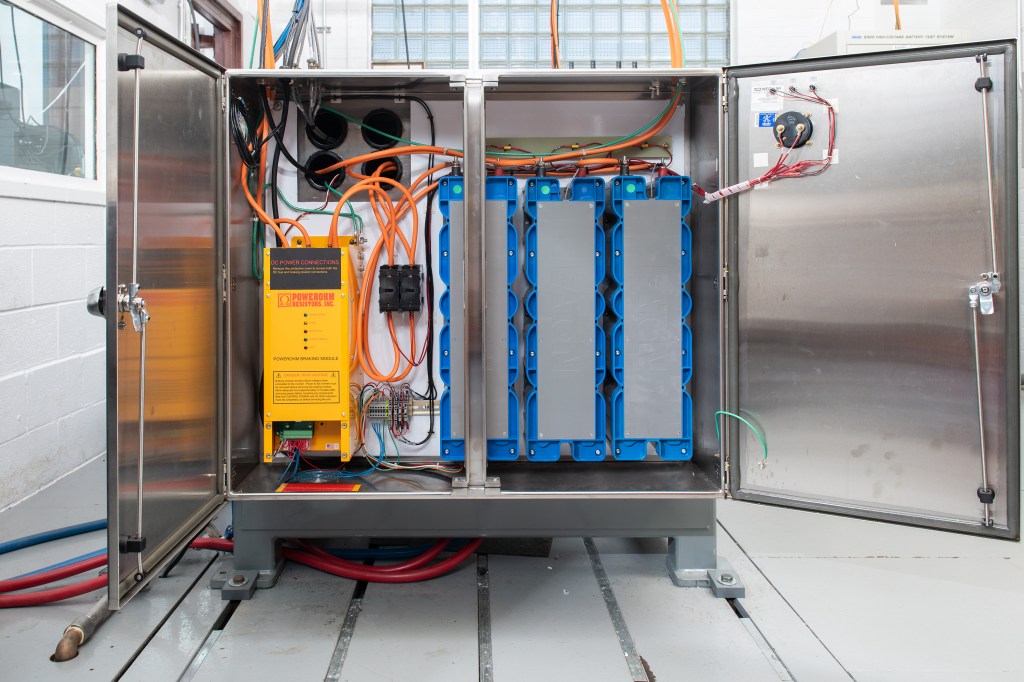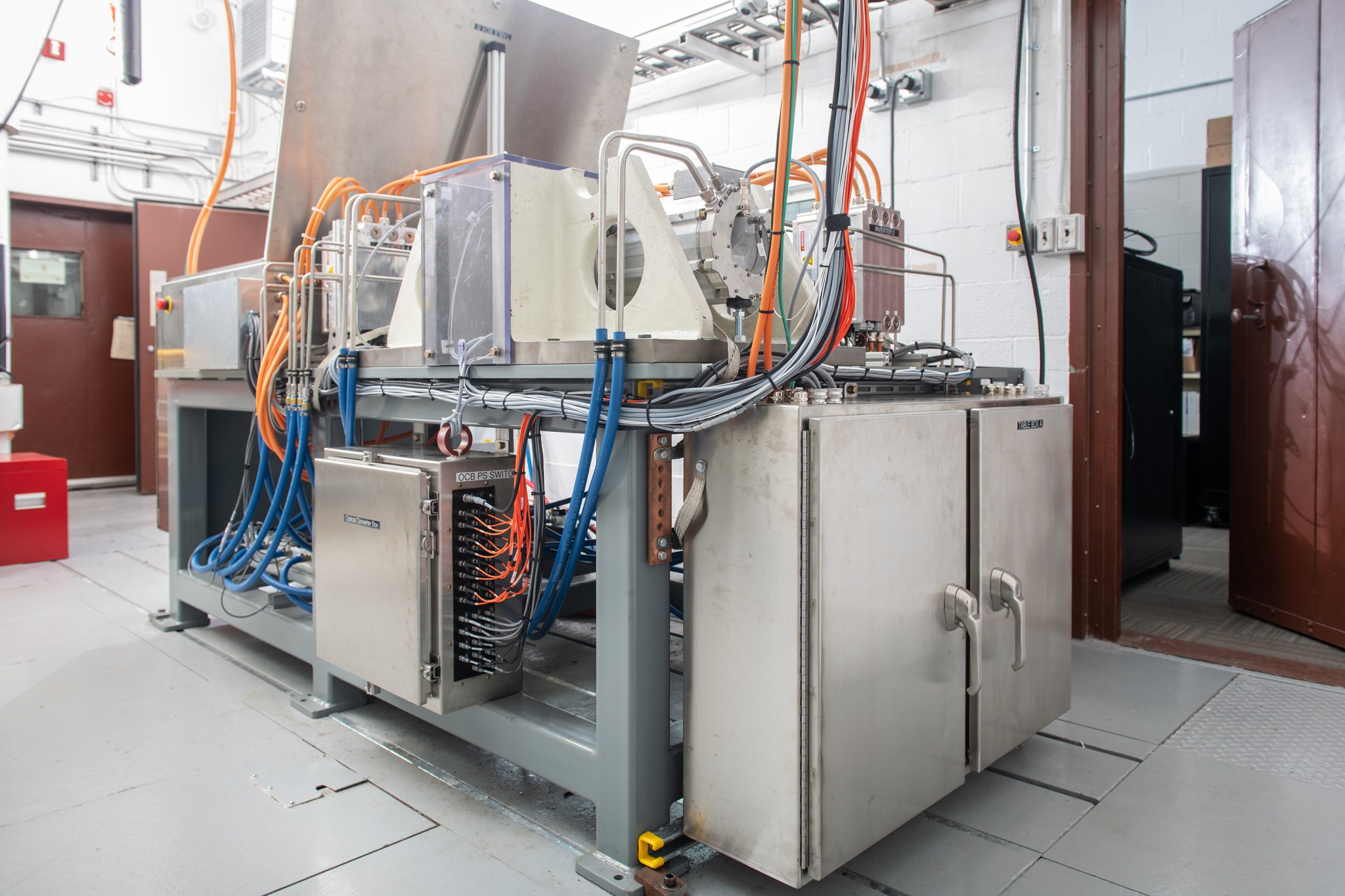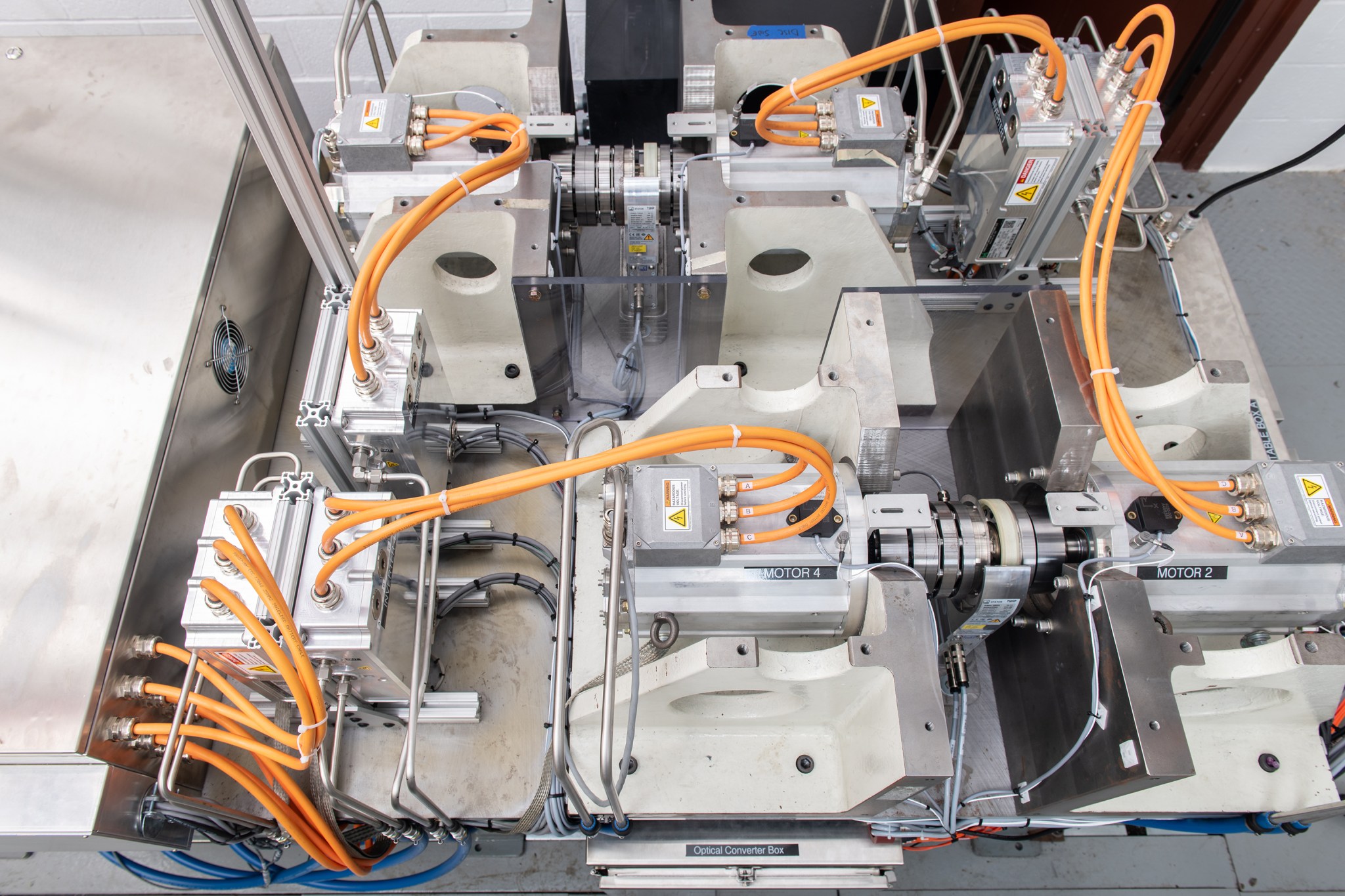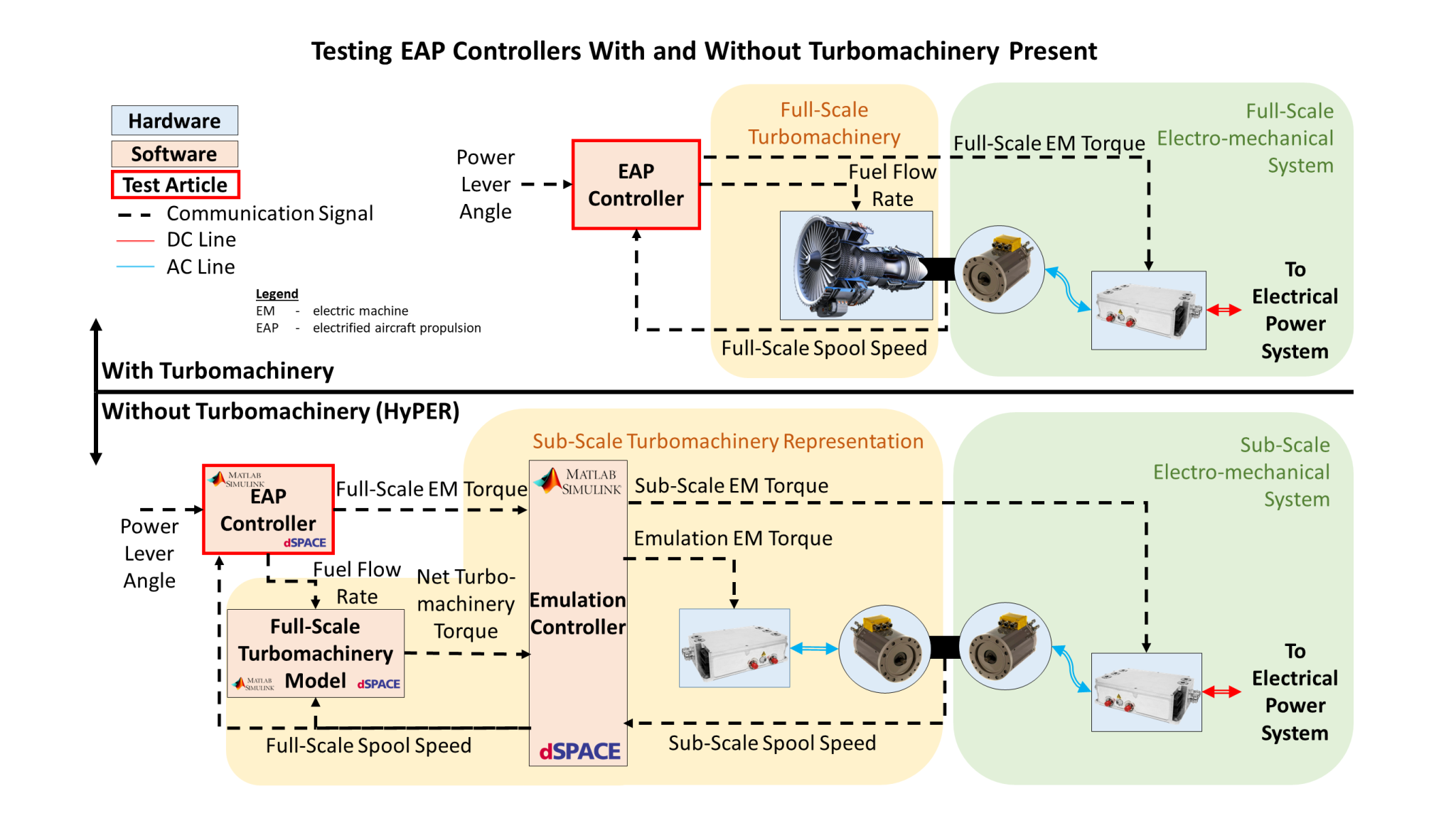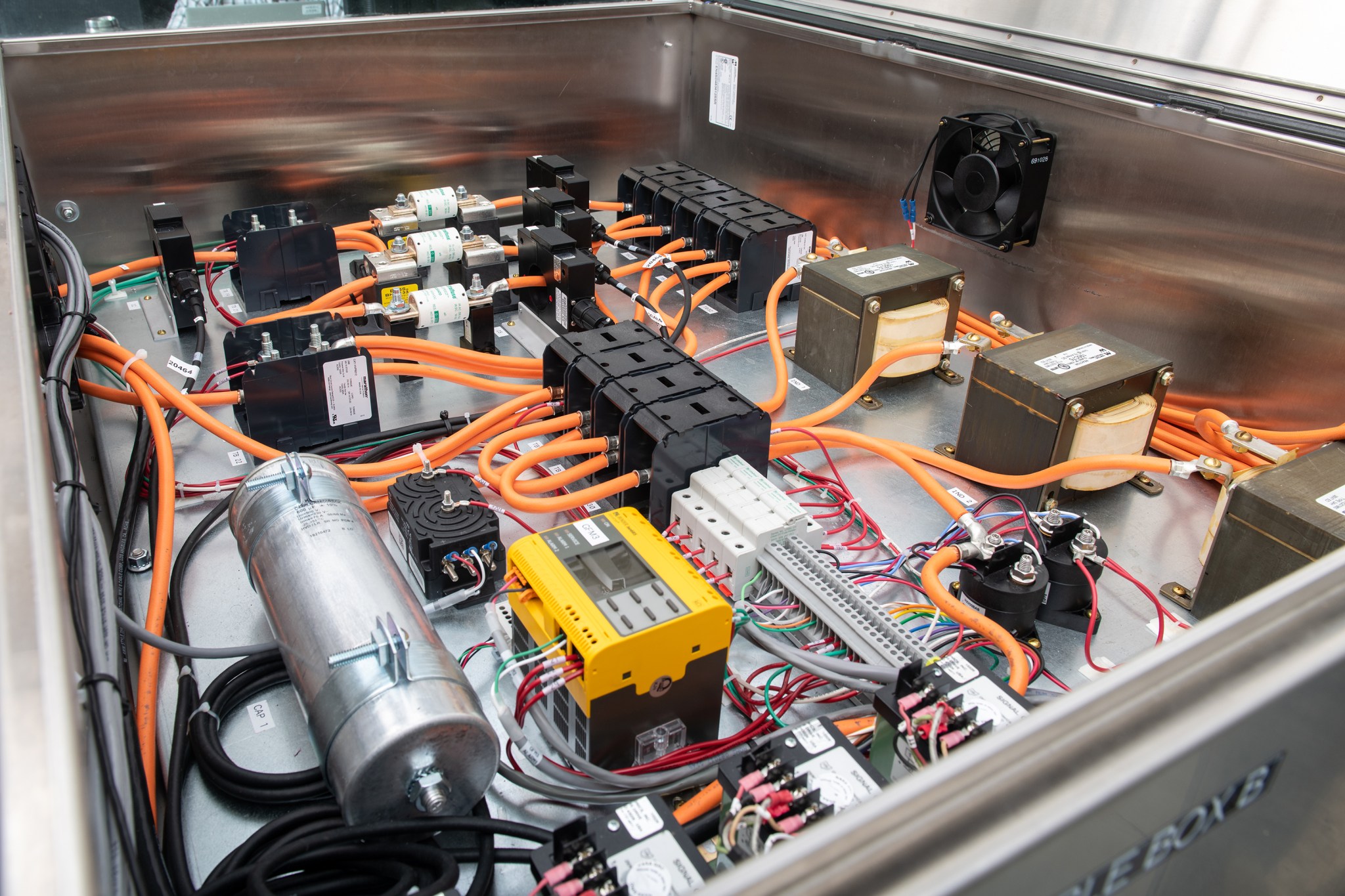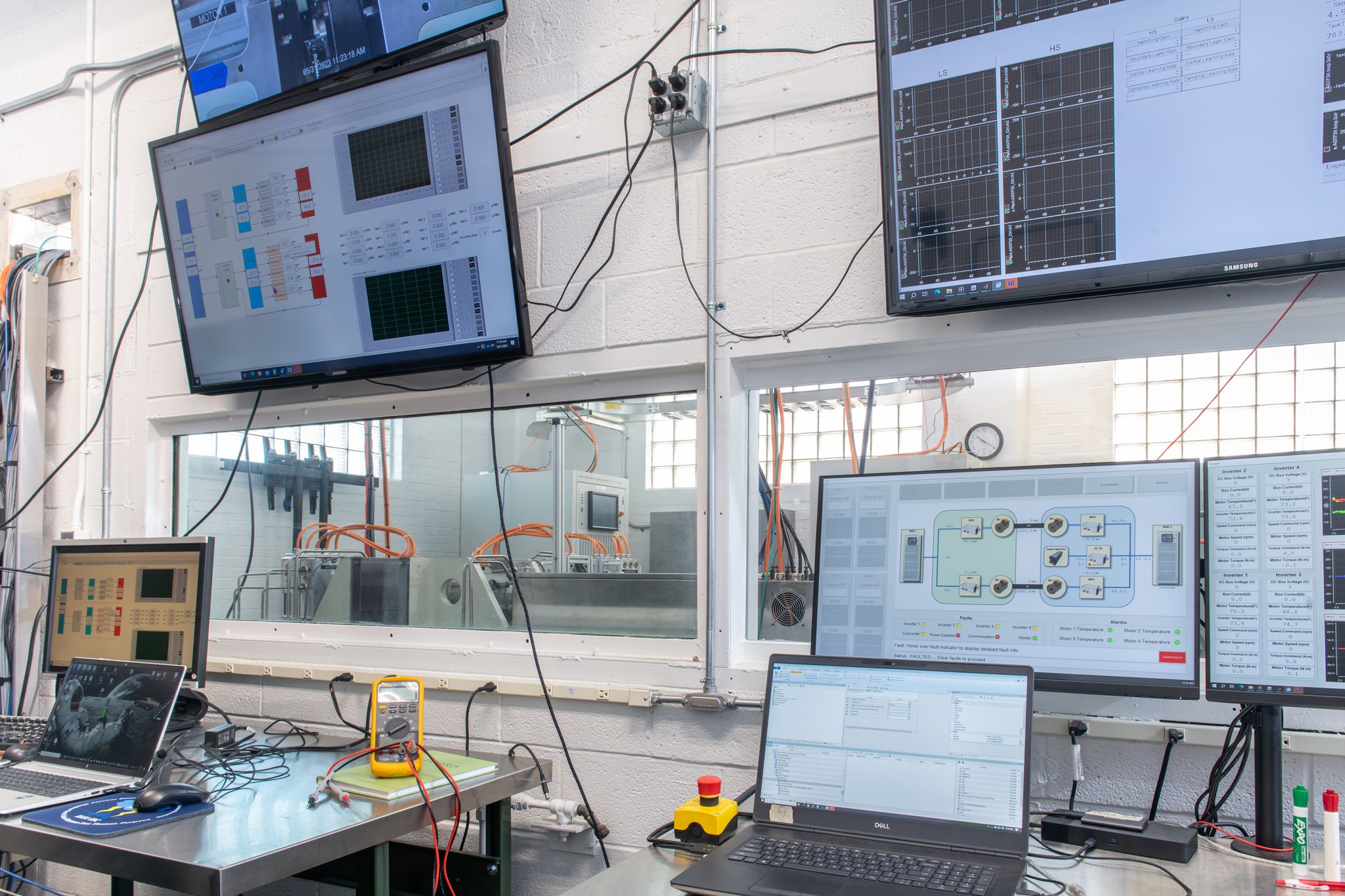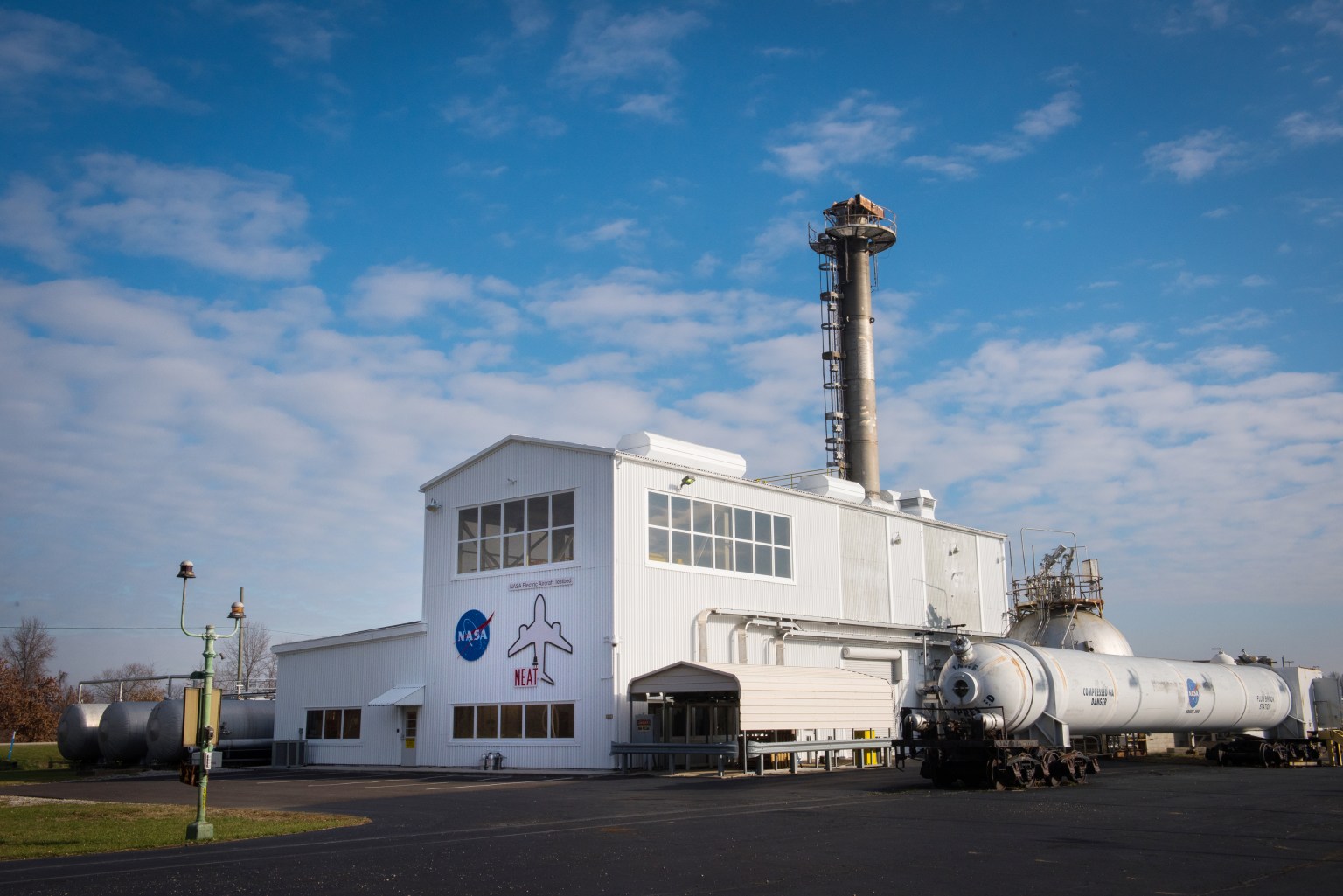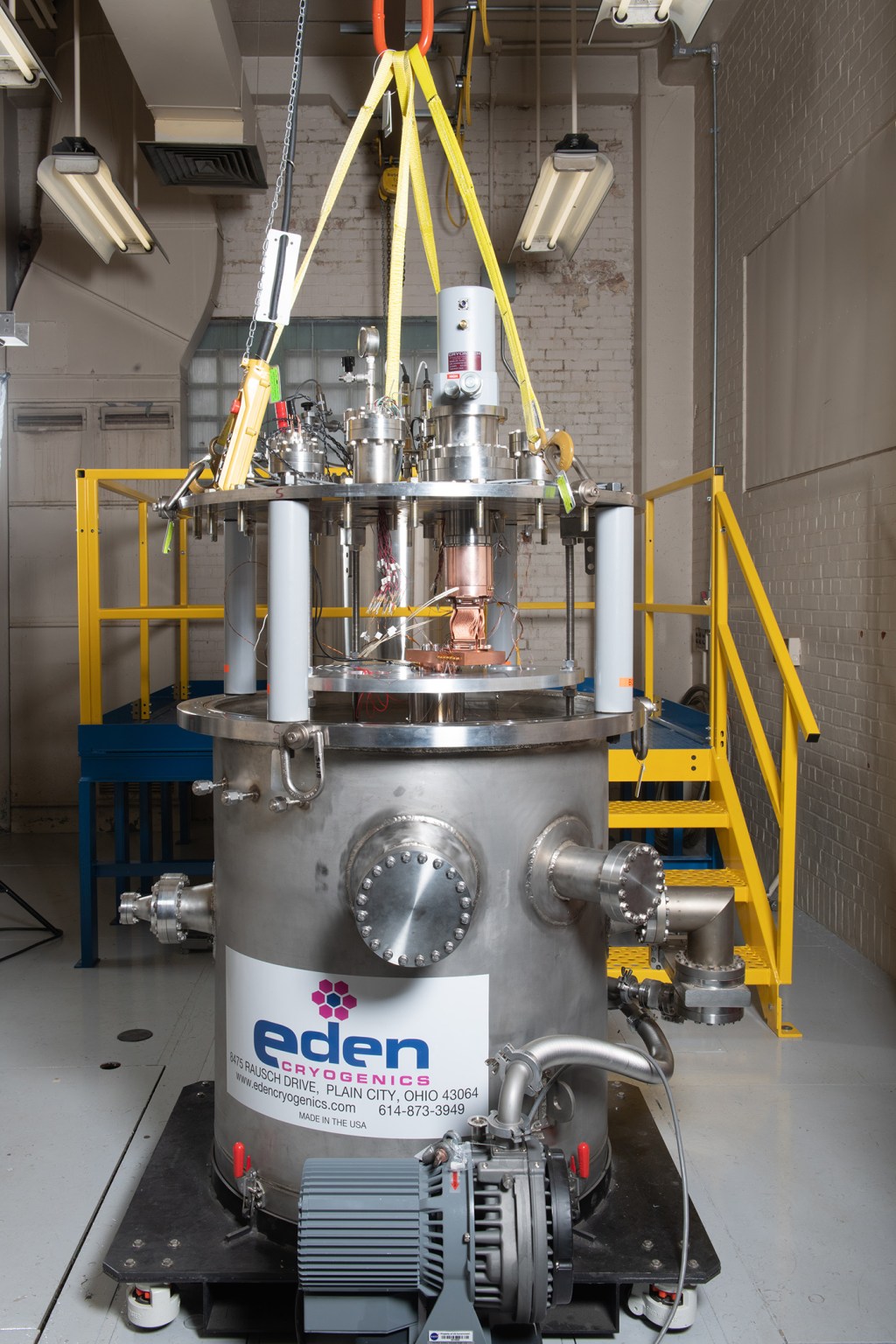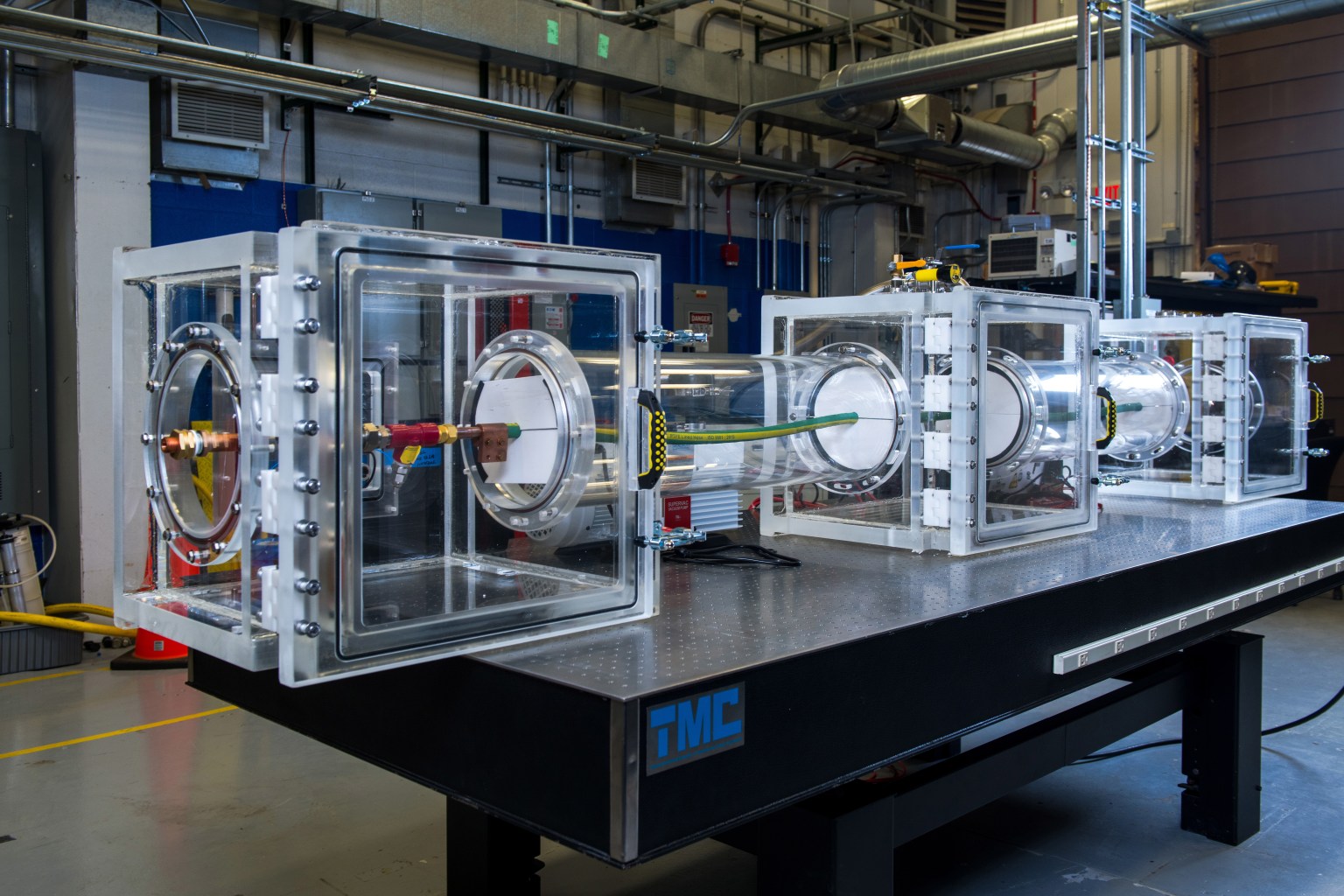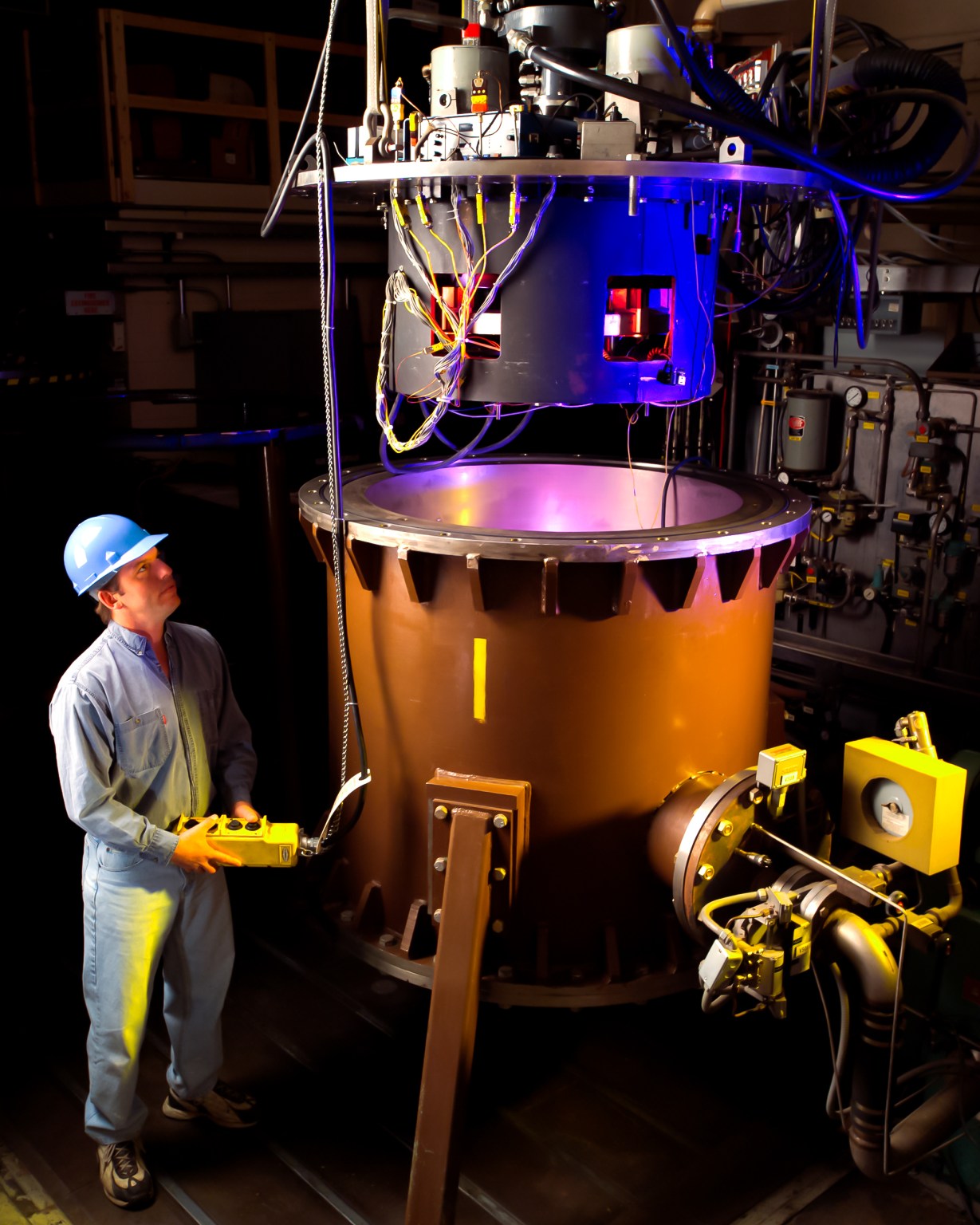HyPER
Hybrid Propulsion Emulation Rig
The Hybrid Propulsion Emulation Rig (HyPER) is an aeronautical propulsion control system testbed at NASA’s Glenn Research Center in Cleveland that provides a low-cost, low-risk solution for testing full-scale, sub-system, or system- level aircraft propulsion control technologies.
Quick Facts
Overview
Increases in electrical energy inside an electrified aircraft’s propulsion system can have significant impacts on engine performance and turbomachinery operations. Unlike traditional aircraft propulsion design processes, HyPER allows researchers to address control system design, including power extraction and insertion, earlier on in the development process to help extract maximum technology benefits. This is achieved by imitating turbomachinery shaft dynamics and loads in propulsion systems, which helps reduce cost and risk compared to testing with real turbomachinery.
The subscale electromechanical system, including two motors and controllers, a DC-to-DC converter, a supercapacitor, and bidirectional power supply, can be configured to represent a wide range of electrified aircraft propulsion (EAP) system architectures including hybrid electric, turboelectric, and fully electric configurations.
Capabilities
HyPER is designed as a 100-kilowatt electromechanical system that is both reconfigurable and flexible. The rig provides a partially simulated, partially hardware environment where electrical power systems exist in hardware form, and the turbomachinery and additional engine propulsion components are emulated using additional electric machines, a closed-loop control algorithm, and a model of the electrified propulsion system.
The rig contains several high bandwidth voltage and current sensors as well as pressure, temperature, and flow rate measurements to monitor rig operation. The system also includes several hardware safety features in the electrical components that disable the rig during overcurrent, overvoltage, overspeed, and ground fault events.
Mechanical and Electrical Supply and Load Emulation
HyPER represents a sub-scale dynamical equivalent of an EAP powertrain by emulating both mechanical and electrical supplies and loads. An electric machine can be controlled to emulate the sub-scale dynamical torque load of a typical EAP mechanical component such as turbomachinery or propellers and rotors. This is achieved through novel closed loop control and scaling methodologies.
When turbomachinery is not present, the turbomachinery interface is emulated using an electric machine, the emulation and scaling methodologies, and a real-time dynamical model of the turbomachinery. Electrical supplies and loads, such as the loads of electric propulsors or the operational characteristics of a battery, can be emulated using the internal controls of a high voltage battery test system with bi-directional power supply.
Electrical Energy Storage
HyPER’s system features the novel use of a physical electrical energy storage device in the form of a supercapacitor bank during hybrid electric aircraft power system testing. This device can serve as an energy reservoir for inserting and extracting energy in and out of turbomachinery or can help power electric propulsors.
Bidirectionality
The HyPER electrical system is designed without limitations on the direction of power flow through the use of bi-directional power supplies. Power can be transferred throughout the rig in any direction required for electrical components operations.
This feature enables researchers to explore several EAP system architectures through quick implementable software reconfigurations without physically reconfiguring the hardware interfaces.
Real-Time Execution of Algorithms
HyPER contains real-time computing equipment with the capacity to compute non-linear, numerical calculations that exist within dynamical turbomachinery models. The system can also compute on-line optimization algorithms that exist in model predictive control algorithms in real-time at propulsion system control time steps of 15-20 milliseconds. This enables highly complex and sophisticated EAP propulsion controls systems to be implemented and tested in real-time.
Application
Researchers at NASA Glenn use HyPER to mature EAP technologies for future electrified aircraft. This lab supports research on several key NASA aeronautics projects including Hybrid Thermally Efficient Core (HyTEC), Transformational Tools and Technologies (TTT), Advanced Air Transport Technologies (AATT), and Convergent Aeronautics Solutions (CAS).
Control Technologies
Control technologies such as NASA’s Turbine Electrified Energy Management (TEEM) are designed to enhance performance and efficiency of hybrid electric aircraft engines.
Learn More about Control Technologies



























